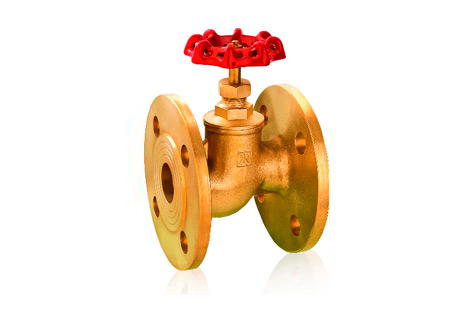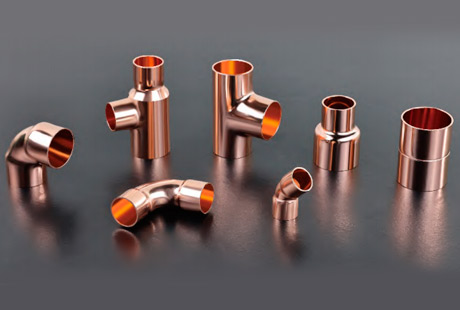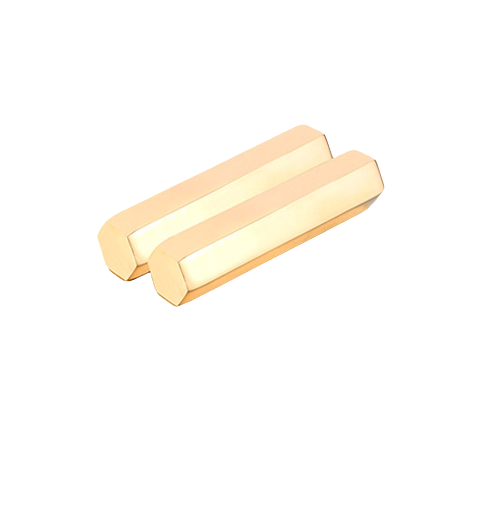Backflow, the unwanted reversal of flow in a plumbing or industrial system, poses serious risks to both the system and public health. To safeguard against backflow and maintain the integrity of such systems, one-way brass valves, also known as check valves, play a crucial role. In this blog, we will explore how one-way brass valves act as a reliable solution for preventing backflow issues, ensuring the safety and efficiency of plumbing and industrial applications.
Understanding Backflow and Its Consequences
Backflow occurs when the flow of liquids or gases in a system reverses direction, potentially contaminating the water supply or the process fluid. This phenomenon can arise due to sudden changes in pressure, a drop in water supply pressure, or incorrect installation of valves. Backflow can lead to contamination of potable water, compromising its quality and posing health hazards to consumers. In industrial processes, backflow can result in cross-contamination, product spoilage, or damage to equipment. The consequences of backflow underscore the importance of having effective preventive measures in place.
The Role of One-Way Brass Valves in Backflow Prevention
One-way brass valve, designed with a simple yet effective mechanism, acts as a critical defense against backflow. These valves allow fluid or gas to flow in only one direction while automatically blocking any reverse flow. When the pressure on the downstream side of the valve becomes higher than the pressure on the upstream side, the valve closes, preventing any backflow. This inherent design ensures that the media within the system moves in the intended direction, mitigating the risk of contamination or damage.
Applications in Plumbing Systems
One-way brass valves find widespread use in plumbing systems to prevent backflow and protect the potable water supply. They are commonly installed in areas where cross-connections are likely to occur, such as at the point of connection to the main water supply, irrigation systems, or fire sprinkler systems. By placing one-way brass valves strategically, water contamination incidents can be minimized, ensuring safe drinking water for households, businesses, and communities.
Industrial Applications and Benefits
In industrial settings, one-way brass valves play a crucial role in safeguarding processes against backflow-related issues. Industries handling various fluids, such as chemicals, gases, or process liquids, can benefit from the installation of these valves. By preventing cross-contamination and ensuring the consistent flow of materials in the desired direction, one-way brass valves enhance the reliability and efficiency of industrial processes. Additionally, in systems subject to pressure variations, these valves maintain system integrity, reducing the risk of costly product losses and equipment damage.
Compliance and Maintenance
To ensure the effectiveness of one-way brass valves in preventing backflow, regular maintenance and compliance with industry standards are essential. Periodic inspections, testing, and cleaning can help identify any potential issues and ensure proper valve functionality. Additionally, adherence to relevant regulations and installation guidelines will guarantee that the valves are correctly placed and sized for the specific application, maximizing their backflow prevention capabilities.
One-way brass valves are indispensable components that act as the key to preventing backflow issues in plumbing and industrial systems. Their ability to allow fluid or gas flow in only one direction, while automatically blocking reverse flow, makes them invaluable in protecting potable water supplies and industrial processes. By installing and maintaining these valves in compliance with industry standards, you can ensure the safety, efficiency, and reliability of your plumbing and industrial applications, providing peace of mind and safeguarding against potential backflow incidents.

 English
English 日本語
日本語 한국어
한국어 français
français Deutsch
Deutsch Español
Español italiano
italiano العربية
العربية tiếng việt
tiếng việt Türkçe
Türkçe ไทย
ไทย 中文
中文





